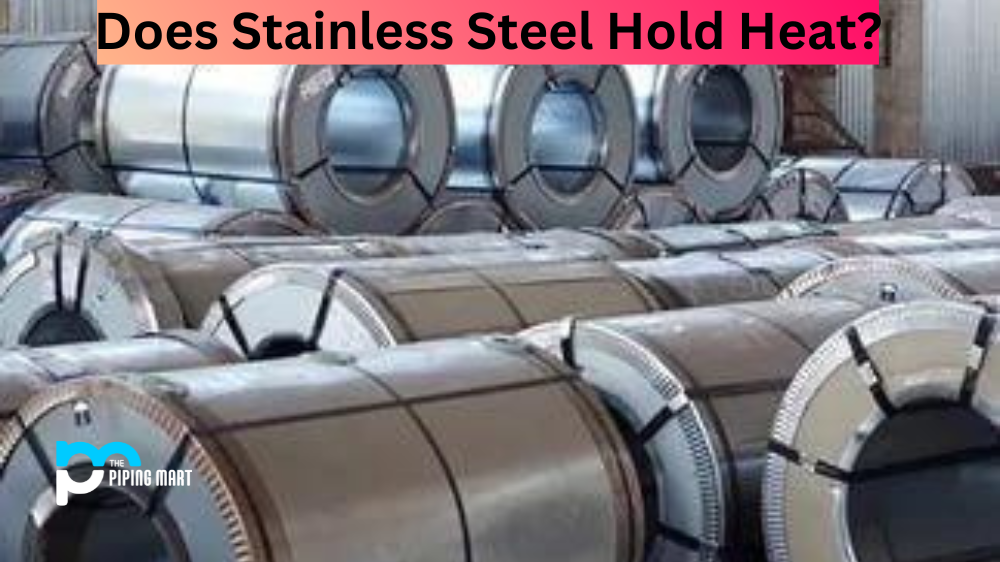Engineers have many options when choosing the right steel for high-stress applications. Two of the most popular choices in the industry are 9310 steel and 4140 steel. Both are highly versatile, but some key differences make them better suited for certain applications. In this post, we will look at 9310 and 4140 steel to help you determine which is superior to your needs.
Difference Between 9310 Steel and 4140 Steel
Chemistry
One of the most significant differences between 9310 and 4140 steel is their chemical composition. 9310 steel is alloyed with nickel, chromium, and molybdenum, while 4140 steel contains chromium and molybdenum. Adding nickel in 9310 steel makes it more resistant to stress and fatigue, while the higher chromium content in 4140 steel improves overall hardness and wear resistance. Ultimately, the choice between these two types of steel will depend on the specific application and the type of stresses the component will be subjected to.
Heat Treatment
Both 9310 and 4140 steel can be heat-treated to achieve the desired level of hardness and durability. However, the heat treatment process differs somewhat between the two materials. For 9310 steel, the standard heat treatment process involves quenching and tempering, which results in a hardness range of 58 to 62 HRC. By contrast, 4140 steel is typically hardened through heating to austenitizing temperature, followed by quenching, and then tempered to achieve the desired hardness level. The resulting hardness range is typically between 28 and 32 HRC. Overall, the heat treatment process can significantly affect the mechanical properties of 9310 and 4140 steel, so it must be carefully tailored to the specific application.
Weldability
Another critical factor to consider when comparing 9310 steel and 4140 steel is their weldability. Both materials can be welded, but they have different tendencies to develop cracks during the welding process. 9310 steel has a higher risk of cracking, especially if the welding is performed too quickly or at too high a temperature. On the other hand, 4140 steel is more forgiving in this regard and can tolerate a wider range of welding parameters. Nonetheless, both materials require careful attention to the welding process to ensure a satisfactory outcome.
Cost
Finally, the cost of these two materials is a practical consideration that can influence the decision between 9310 and 4140 steel. 9310 steel is more expensive than 4140 steel due to its higher alloy content and superior fatigue resistance. This extra cost may be justified in applications where superior strength and fatigue performance are essential. At the same time, 4140 steel offers an excellent combination of strength and affordability, making it an attractive choice for many applications.
Conclusion
In conclusion, choosing between 9310 steel and 4140 steel requires careful consideration of several factors, including their chemical composition, heat treatment, weldability, and cost. Ultimately, the choice between these two materials will depend on the specific requirements of the application and the stresses that the material will be subjected to. 9310 and 4140 steel offers excellent strength, toughness, and durability, making them popular in high-stress applications. As always, it is crucial to consult with an experienced materials engineer when selecting the appropriate material for your project.

A passionate metal industry expert and blogger. With over 5 years of experience in the field, Palak brings a wealth of knowledge and insight to her writing. Whether discussing the latest trends in the metal industry or sharing tips, she is dedicated to helping others succeed in the metal industry.




